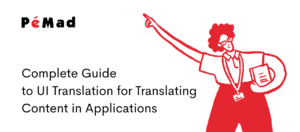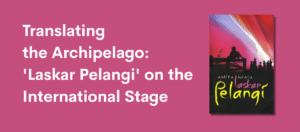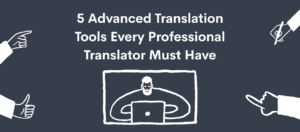One of my favorite books ever is a 1948 novel called Oeroeg. I picked it up by chance from a bookshop when I was 15 years old and couldn’t stop reading it once I opened it. Only at that time, I didn’t even know that it was a translated work. I didn’t realize the author, Hella S. Haasse, was Dutch.
The book tells a story of friendship between Oeroeg–a poor servant boy of Dutch East Indies (Hindia Belanda) native, and the narrator–son of a rich Dutch family who is only ever called “Aku”, against the backdrop of Java during the colonization era. The relationship of two people with vastly different backgrounds at that era was definitely intriguing. But it’s not the story nor the characters that pulled me in—it’s the writing.
The words flowed effortlessly and beautifully page after page. It evoked a vivid imagery of the landscape and setting of the story. I felt like I was transferred to Sukabumi, as Haasse described not only the visuals, but the smells and sounds of the plantation where Oeroeg and the narrator grew up together.
Imagine my surprise, when I learned that it’s actually a translation work. It’s not just Haasse’s pen that transported me into that pseudo-nostalgia where I can smell the tea leaves, see the brilliant red of the hibiscus planted in the garden, or hear the symphony of crickets on a hot summer day. It was also the effort of Indira Ismail, the credited translator of the book.
Content :
ToggleFrom Oeroeg to the Bible: How Translators Shape Our Cultural Understanding
It is their expertise in weaving words and stitching phrases that sucked me into the story. It is through their lens that I saw the world Haasse wanted to portray. Oeroeg and its wonderful and engaging writing is one of the reasons why I want to get into writing myself. But more than that, I realized then how essential the profession of a translator is.
How many great literary works, such as Oeroeg, would be lost if there is no translator?
As someone who enjoys many types of entertainment media, in foreign language or otherwise, I can’t help but think how important the profession of a translator is. Take the Bible, the number one best-selling and most-printed book in the world. The Old Testament is written originally in Hebrew and Aramaic, but now it has been translated into approximately 700 languages. This job has enabled people from all corners of the world to read or listen to “the word of God”.
Thus, I think it’s not an exaggeration to say that translation is one of the most essential tools in art and culture. It can be found in the simplest things in our daily life, like the back of a shampoo bottle, a user manual, or a traffic sign. Afterall, its most fundamental use is to communicate. It has become an integral instrument in the world, where people want to stay connected.
Countless poetry, plays, novels, and other literature were able to be adapted into different languages because of translation; bridging knowledge, sharing values, and touching the hearts of people with tales otherwise they never would’ve known. Translation connects not just language or people, but also time and space.
Lost in Translation? The Vital Role of Human Translators in a Digital Age
As a professional in the translation industry for more than 8 years, I’ve worked with a lot of translators and seen their expertise at work. However, it is also easy to forget their effort. You don’t always see the name of the translator being credited. More often than not, we consume media without even a fleeting thought of who or how it was brought to our attention.
In some cases, translators even get their works used without proper credit. I still remember a case from 2023, where the British Museum stole the translation of Yilin Wang of 19th century poems by feminist revolutionary Qiu Jin for its exhibition, “China’s Hidden Century”. A translator as distinguished as Wang can still fall victim to this negligence. I wouldn’t be surprised if there are more similar cases happening for smaller translators who didn’t just get the chance to be in the spotlight.
Not to mention, the emergence of machine translation and AI, which is a whole other can of worms. Maybe it’s easier and cheaper to depend on machines for your translation, but they can never replicate the heart and sentiment of a human work. A machine can never make me love Oeroeg, as much as Indira Ismail did with their translation.
Protecting the art and science of translation cannot be easy work, but as long as we see books and movies getting translated or ancient poetry being exhibited in museums around the world, the practice is still very much alive.
The Invisible Bridge Builder of Global Literature
However, we can take our part in the effort as well. I think the easiest way is to be a translator yourself! Learn languages until you can translate it, share the knowledge and the skill so people can learn it too. Use human translation and consume translated works and give credit where it’s due. In Indonesia, we have organizations like HPI (Himpunan Penerjemah Indonesia) that strive to improve the quality of translators and advance the prestige of this profession in Indonesia.
The more translators there are in the world, many more media can be translated to reach bigger audiences and wider influence. Many more languages can be introduced and many more stories can be discovered. Who knows, maybe your translation can change the world?








